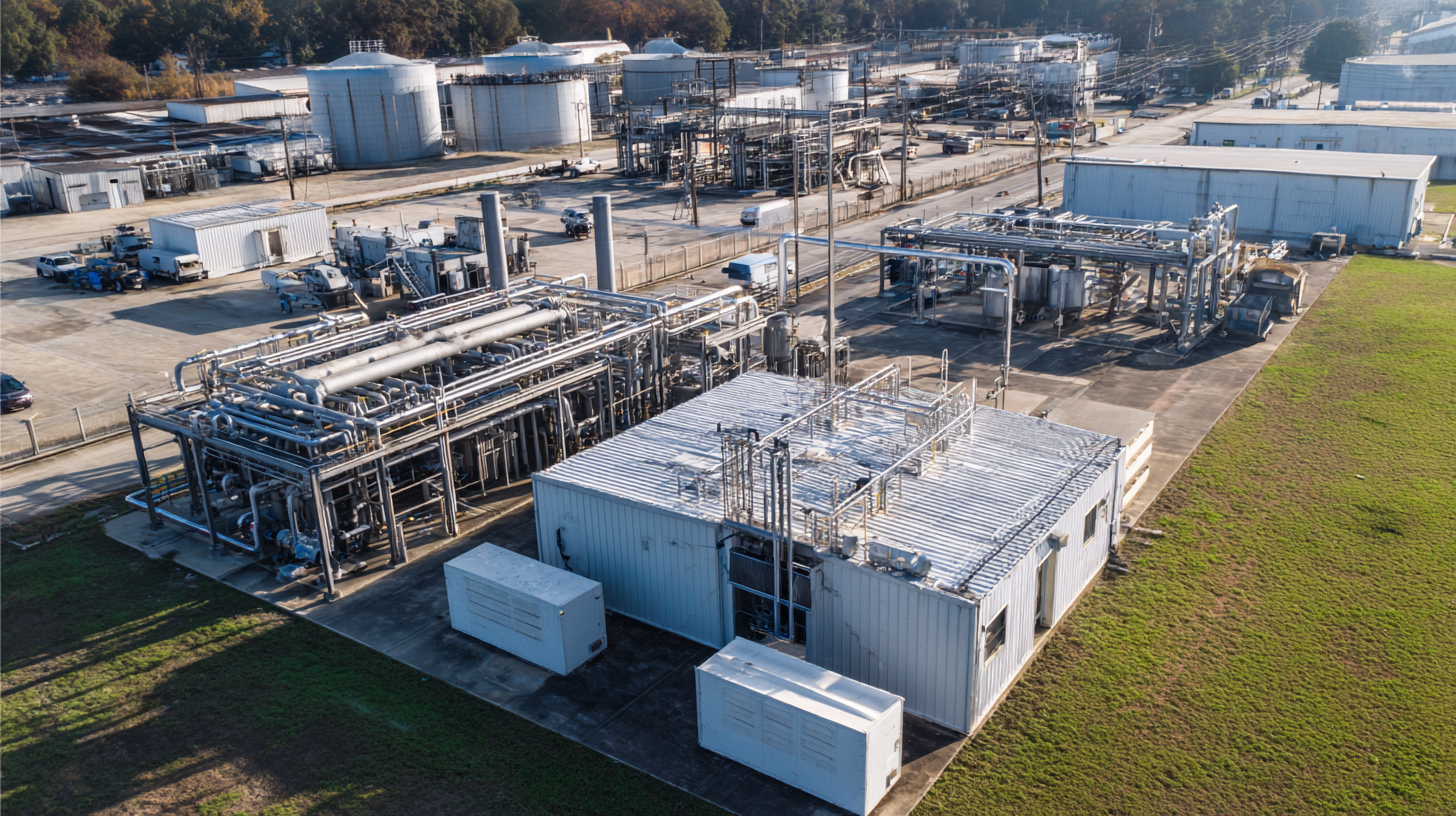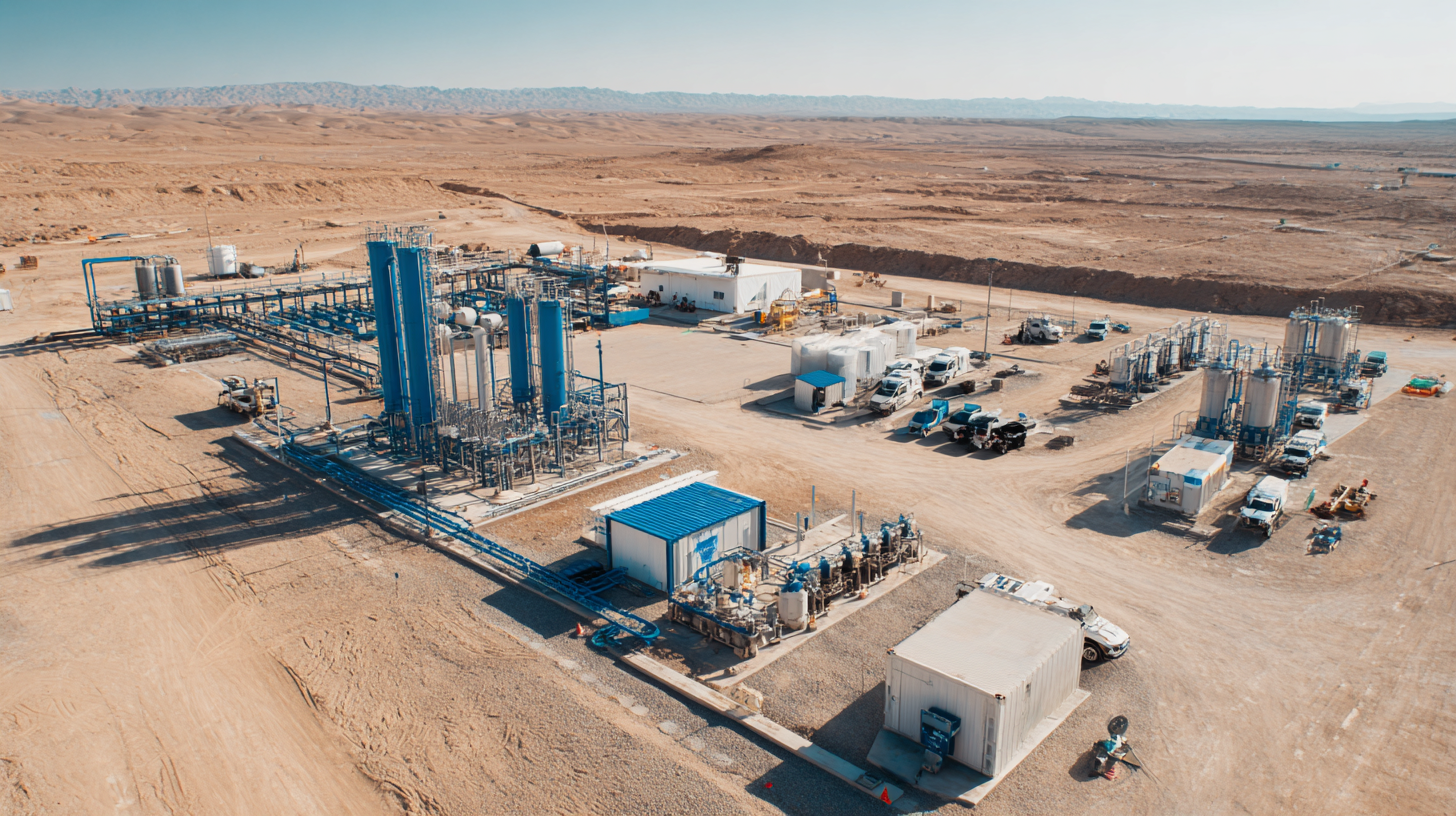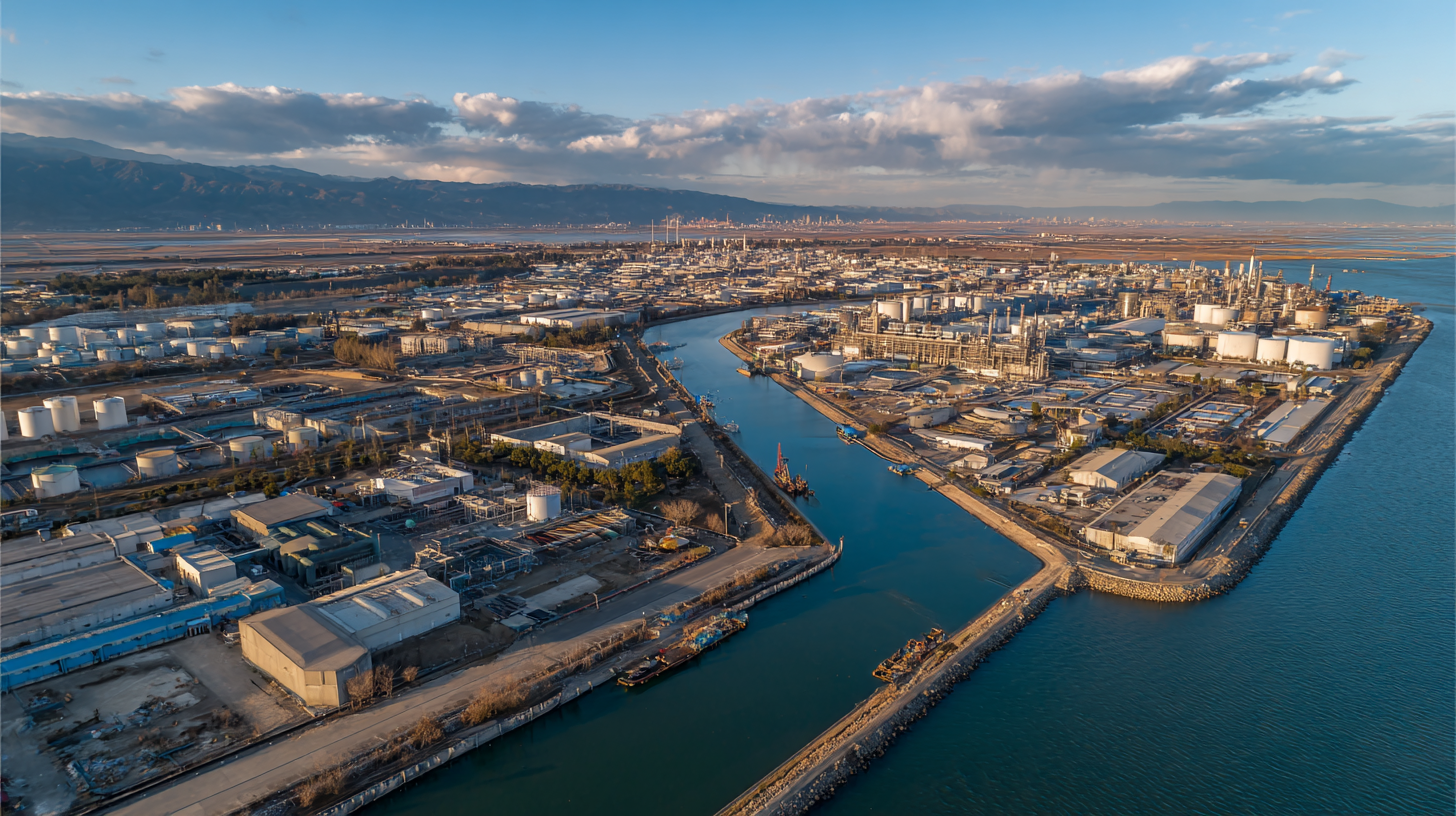You know, dealing with high salinity wastewater has become pretty challenging lately. It's pushed the industry to get a bit more innovative, and now we're seeing some really effective solutions emerge that are actually changing the game for modern industrial practices. I recently read in the Global Water Intelligence report that the demand for treating salty wastewater worldwide is set to grow a lot, and they're estimating the market will hit over $10 billion by 2027—that's crazy! This surge is mainly because industries like oil and gas, mining, and food processing are facing tougher rules and more pressure to be environmentally responsible. APEX Company, which makes some of the best sludge drying and conveying equipment out there, is really leading the charge here. They’re offering advanced tech that not only makes operations more efficient but also helps with sustainability. Thanks to their cutting-edge solutions, APEX is earning a ton of trust from clients around the globe and really contributing to the industry moving towards smarter, more responsible waste management. It’s exciting to see how this whole thing is evolving, don’t you think?

High salinity wastewater is a pretty big concern for a lot of industries these days. Basically, it’s wastewater rich in salts, which can cause all kinds of environmental problems and operational headaches if not handled right. You’ll mostly find this kind of wastewater coming from sectors like food processing, chemical manufacturing, and oil extraction—places where salt levels can get pretty high. The trouble is, that salty water can corrode equipment, mess with biological treatment systems, and if we’re not careful, end up polluting rivers and lakes.
So, what can industries do about it? Well, one common solution is reverse osmosis, which is really good at pulling salts out of water, so what gets dumped is a lot cleaner and safer for the environment. But there are also some pretty innovative methods out there, like zero-liquid discharge systems, which basically allow you to recover water and even valuable salts for reuse—pretty smart, right?
Tip 1: Make it a habit to keep an eye on the salinity levels in your wastewater—tracking this over time can really help catch problems before they get out of hand. Being proactive like this can save equipment from damage and help you stay in line with environmental laws.
Tip 2: Don’t hesitate to work with wastewater treatment pros. They can tailor solutions specifically for your operation’s salinity issues, which means your process will run more efficiently and you’ll minimize your environmental footprint. It’s all about customizing the approach to fit your needs.

High salinity wastewater can really pose some tough challenges for industries—it's not exactly your run-of-the-mill effluent. That's why having effective treatment technology is super important, especially ones that can handle the unique demands of salty water. When you look at the different options out there, each one has its pros and cons. For example, reverse osmosis is pretty popular because it’s efficient and can produce really clean water, whereas evaporation is great if you want to concentrate the salts so they’re easier to dispose of. Getting a good grasp of these options is key if your goal is to run your operations more sustainably.

When you're choosing which treatment method to go for, think about the size of your operation and what the regulators require. Here's a quick tip: look at what it’ll cost in the long run—operational expenses—versus what you’ll spend upfront on equipment. Also, don’t forget to make sure your team knows how to properly operate and maintain these systems; good management really makes a difference in how well everything works and how long your equipment lasts.
Pre-treatment is another thing you shouldn’t overlook. Simple steps like screening out big particles and letting sediments settle can really take the load off your main treatment systems. That means less wear and tear on your equipment and better overall performance. With the right mix of technologies and strategies, industries can not only manage high salinity wastewater more effectively but also do their part to protect the environment. It’s all about finding that balance, you know?
High salinity wastewater really throws a wrench into industrial operations, especially when it comes to staying on the right side of environmental laws. Discharging this kind of wastewater can have pretty serious effects on local ecosystems—think polluted water bodies and hurt aquatic life. As regulations around the world get tougher, companies are having to get smarter about how they handle salty effluents. This often means adopting some of the latest treatment tech, which isn’t just about meeting strict discharge standards but also about reclaiming resources and pushing sustainability forward.
Dealing with wastewater that’s high in salt totally impacts a company’s ability to stay compliant. If they don’t follow the rules, fines and legal trouble are just around the corner. Plus, many regions are now rolling out tighter permits and more rigorous monitoring, so businesses really need to step up their treatment game. Luckily, by embracing innovative solutions like reverse osmosis and evaporation methods, industries can not only meet environmental standards but also improve their efficiency, cut water costs, and do their part for the planet. These advances in desalination and treatment are truly changing the game—helping industries stay productive while being environmentally responsible.
Hope that paints a clearer picture! It really is a balancing act, but with tech getting better all the time, there's a lot of hope for more sustainable practices down the line.
Dealing with high salinity wastewater is no joke for many industries. It especially gets tricky when it comes to figuring out how to treat and dispose of it without breaking the bank. If you're running a business, it’s super important to look at the costs involved—because you want to stay compliant with regulations but also keep things running smoothly. There are different treatment options out there, like reverse osmosis, evaporation, or ion exchange, each with their own pros, cons, and price tags. Doing a thorough cost analysis that looks at both upfront investments and ongoing expenses can really help you figure out what solution fits your specific situation best.
Here's a helpful tip: don’t just focus on what it costs initially. Think about the long-term savings, like lower operating costs or penalties for non-compliance. Sometimes spending a bit more up front can save you a lot later on.
And if you want to go a step further, newer tech like membrane bioreactors or zero-liquid discharge systems can actually make things more cost-effective by cutting down waste and even recovering some valuable resources. Plus, you'll want to keep an eye out for government incentives or grants—that can really help cover those initial costs.
Another tip: make it a habit to regularly check and tweak your wastewater treatment processes. This way, you’ll keep things running efficiently, stay within your budget, and still meet all the environmental standards—pretty much a win-win.
| Solution Type | Process Description | Capital Cost (USD) | Operational Cost (USD/Year) | Treatment Efficiency (%) | Payback Period (Years) |
|---|---|---|---|---|---|
| Reverse Osmosis | Membrane separation process to remove salts. | 500,000 | 100,000 | 90 | 5 |
| Evaporation | Heat application to concentrate and separate saline water. | 700,000 | 150,000 | 85 | 6 |
| Nanofiltration | Membrane technology for semi-permeable separation. | 400,000 | 80,000 | 80 | 4 |
| Zero Liquid Discharge | Complete recovery of water with zero waste output. | 1,200,000 | 250,000 | 95 | 8 |
High salinity wastewater is becoming a pretty big concern across different industries these days. You know, industries like oil and gas, food processing, and mining are often dealing with wastewater that’s really salty, and that can mess up local ecosystems or even run afoul of regulations.
According to a report from the Water Environment Federation, about 40% of industrial wastewater actually has high salt levels, so finding effective ways to treat this stuff is super important—not just for staying compliant but also for keeping operations running smoothly.
There are some pretty cool success stories out there showing how different sectors are tackling this issue. For example, a huge oil refinery in Texas went with this advanced reverse osmosis tech, and they managed to cut their salinity by over 90%. That meant they could meet the strict discharge limits and even reuse water for cooling purposes, which knocked down their freshwater use by 25%. On the food side of things, a chocolate maker tried out evaporative crystallization—basically a fancy way to recover valuable byproducts—while also significantly lowering the salt content in their wastewater. These real-life examples show just how much a customized solution can make a difference, both for better environmental practices and smoother operations.
: The main treatment technologies include reverse osmosis, evaporation, and advanced oxidation processes, each with specific advantages and limitations tailored to industry needs.
Reverse osmosis is favored for its efficiency and its ability to produce high-quality water that meets regulatory standards.
Evaporation helps concentrate salts for easier disposal and is useful in managing the volume of saline effluents.
Industries should consider the scale of operation, regulatory compliance requirements, long-term operational costs, and the initial investment.
Pre-treatment processes such as screening and sedimentation can reduce the load on advanced treatment systems, prolonging equipment lifespan and improving performance.
High salinity wastewater can degrade local water bodies and harm aquatic life, leading to severe ecological consequences and potential fines for regulatory non-compliance.
Stricter regulations compel industries to implement advanced treatment technologies to manage saline effluents responsibly and avoid legal repercussions.
Advanced treatment technologies not only help meet discharge standards but can also recover valuable resources, promoting sustainability.
Innovative practices enhance operational efficiency, reduce costs associated with water usage, ensure regulatory compliance, and contribute to a sustainable future.
Ensuring staff are well-trained in operating treatment technologies is crucial, as proper management significantly impacts treatment effectiveness and maintenance.






